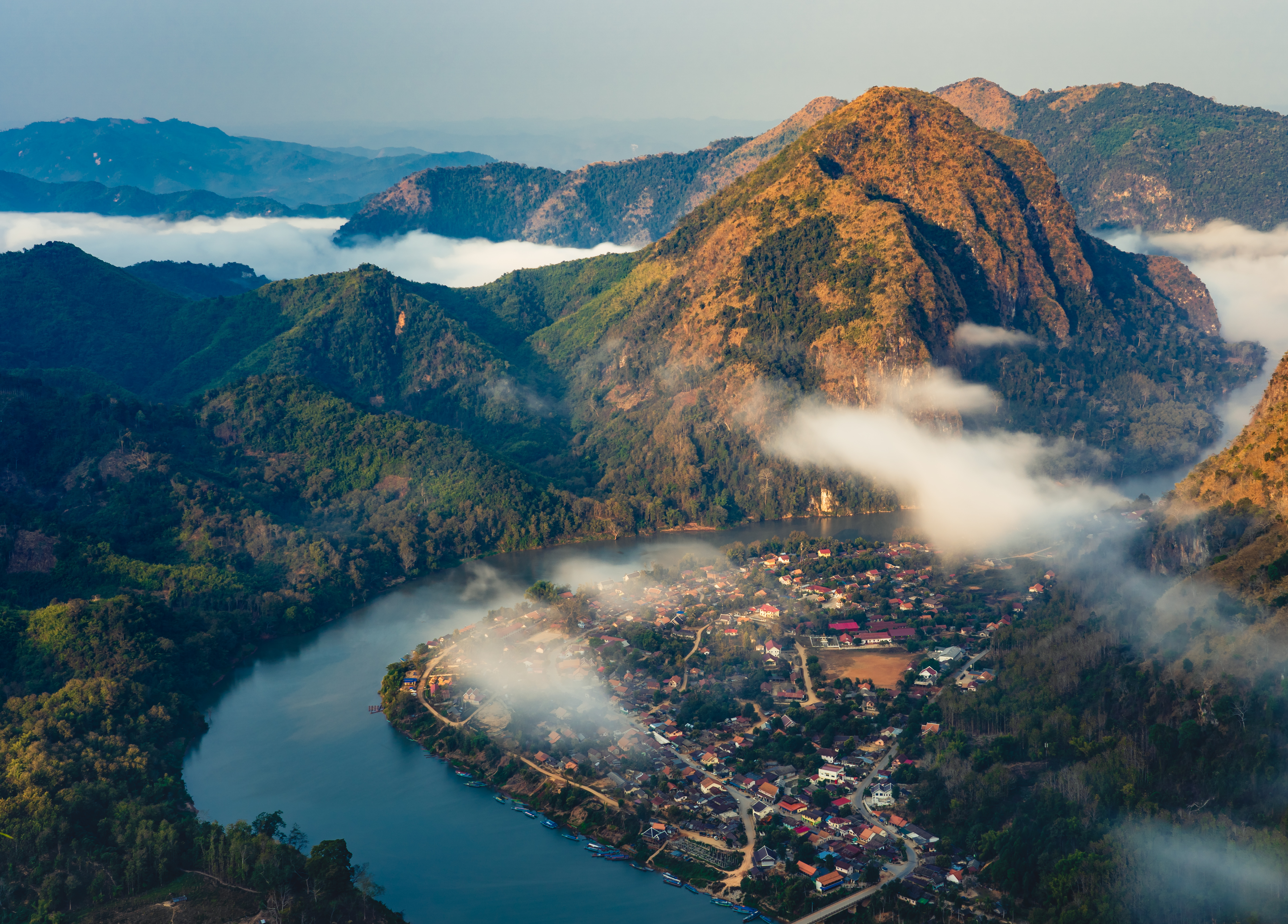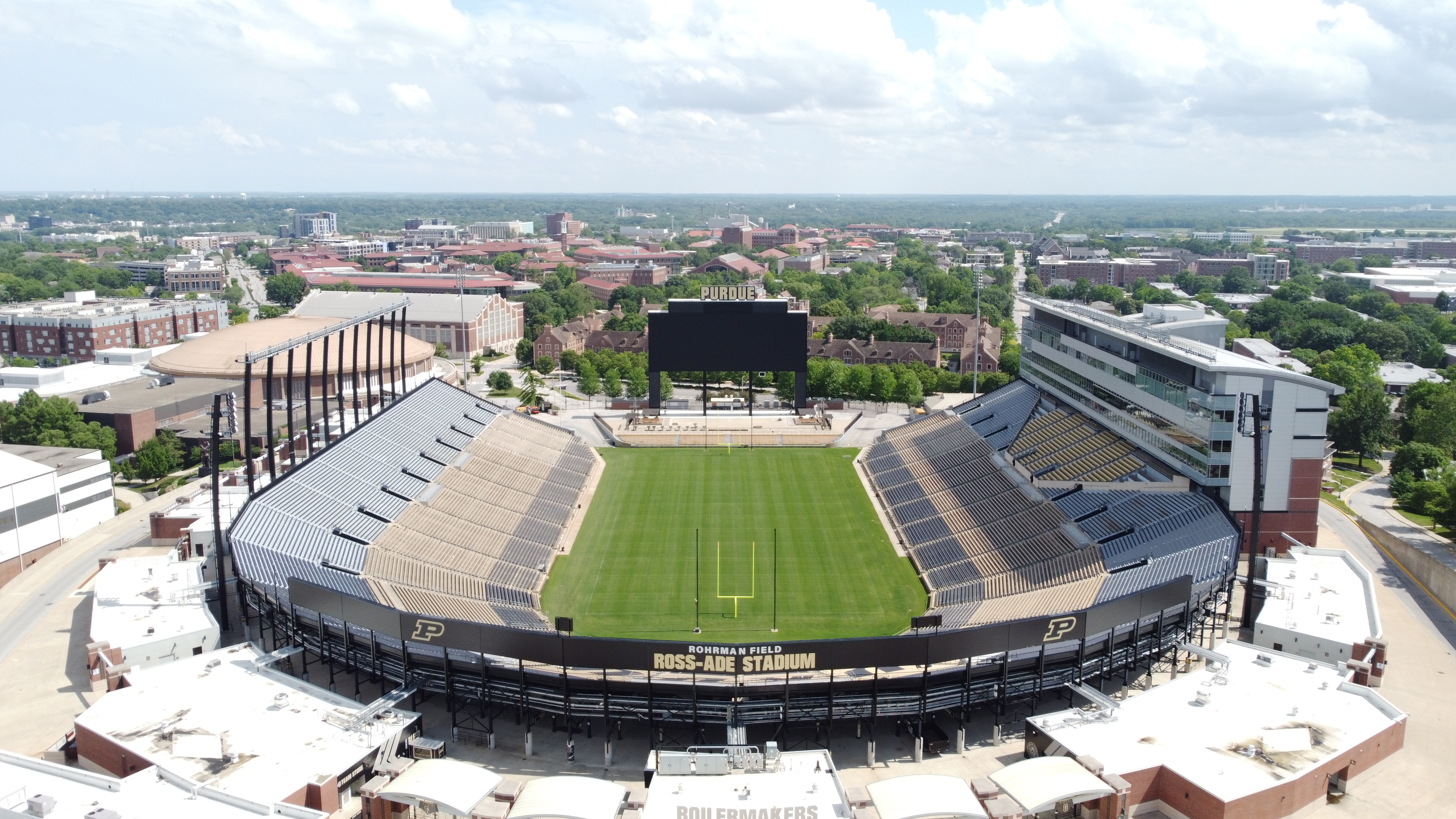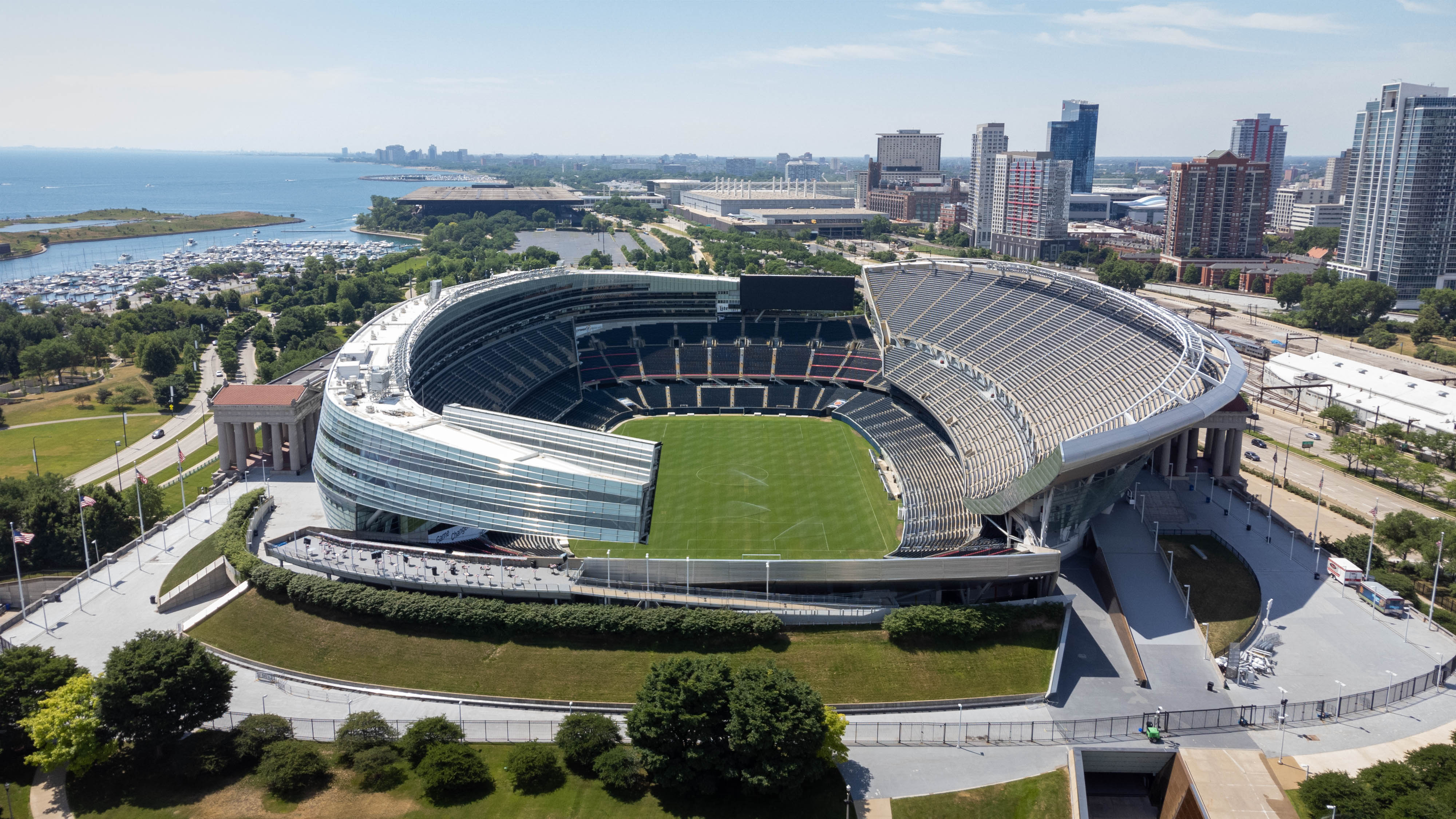11 Stadiums in South America You’ll Want to See for Their Passionate Crowds
South America is a continent where football is not just a sport but a way of life. The passion for the game is deeply embedded in the culture, and nowhere is this more evident than in the continent's iconic stadiums. These arenas are more than just venues for sporting events; they are the beating heart of communities, places where history is made, and legends are born. From the cacophony of drums and chants to the vibrant sea of colors in the stands, the atmosphere in these stadiums is unlike any other. Join us as we dive into the thrill of South America's most electrifying stadiums and discover the magic that makes them unforgettable.
1. Maracanã Stadium: The Symbol of Brazilian Football
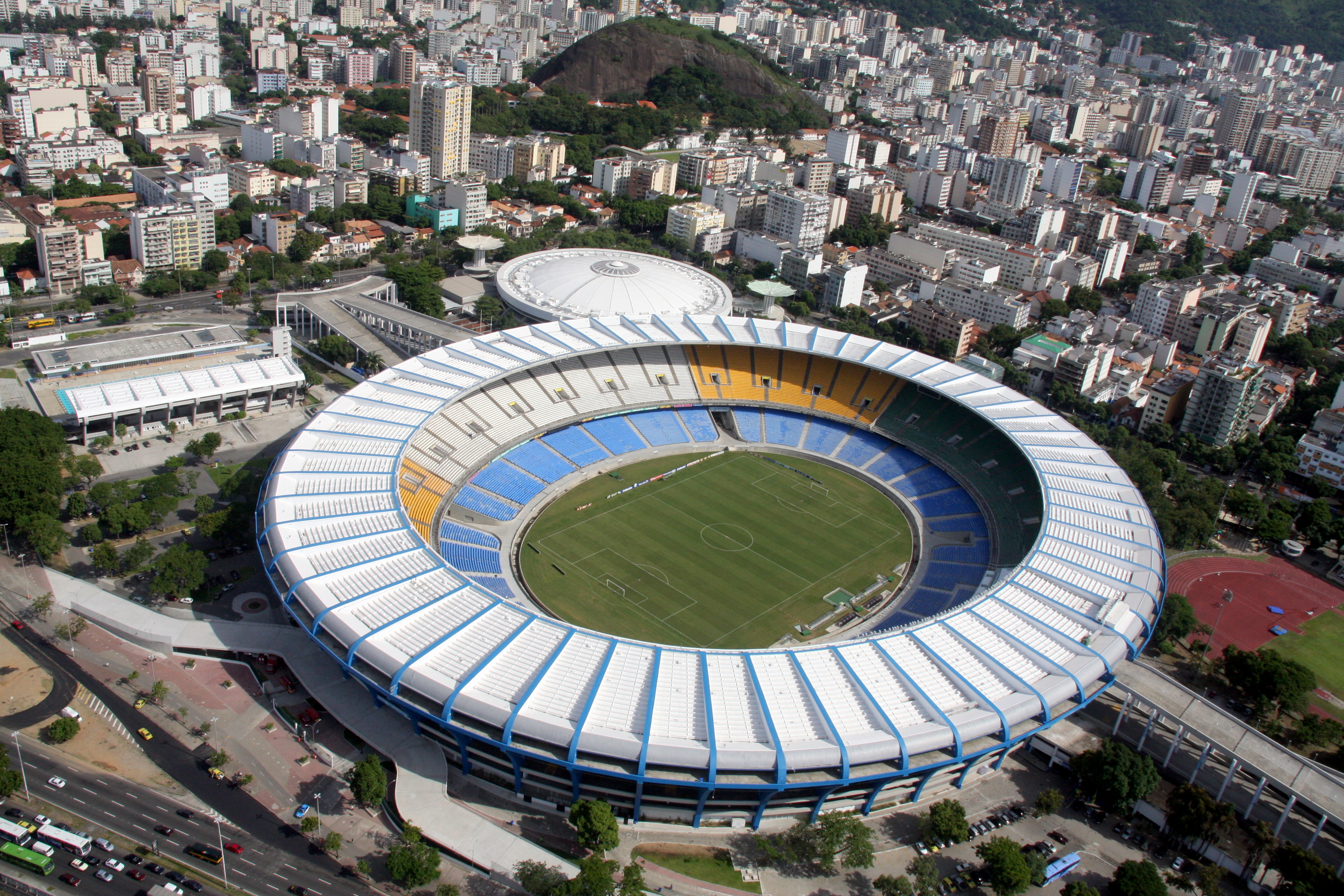
The Maracanã Stadium in Rio de Janeiro, Brazil, is arguably the most famous stadium in South America, if not the world. Opened in 1950 for the FIFA World Cup, it has become a symbol of Brazilian football and a testament to the country's passion for the game. With a seating capacity of over 78,000, it is one of the largest stadiums in the world and has hosted numerous historic matches, including two World Cup finals. The Maracanã is more than just a football stadium; it is a cultural landmark that embodies the spirit of Brazil. The stadium's design reflects the country's vibrant culture, with its sweeping curves and open-air design allowing the sounds of the city to blend with the roar of the crowd. The Maracanã is a place where dreams are realized and legends are born, with players like Pelé and Zico gracing its hallowed turf.
The atmosphere in the Maracanã is electric, with fans known for their passionate support and vibrant displays. The stadium has witnessed moments of sheer ecstasy and heartbreak, from Brazil's infamous defeat to Uruguay in the 1950 World Cup final to their triumphant victory in 2014. The Maracanã is a place where the history of Brazilian football is written, and its legacy continues to inspire future generations of players and fans alike.
2. La Bombonera: The Cauldron of Passion in Buenos Aires
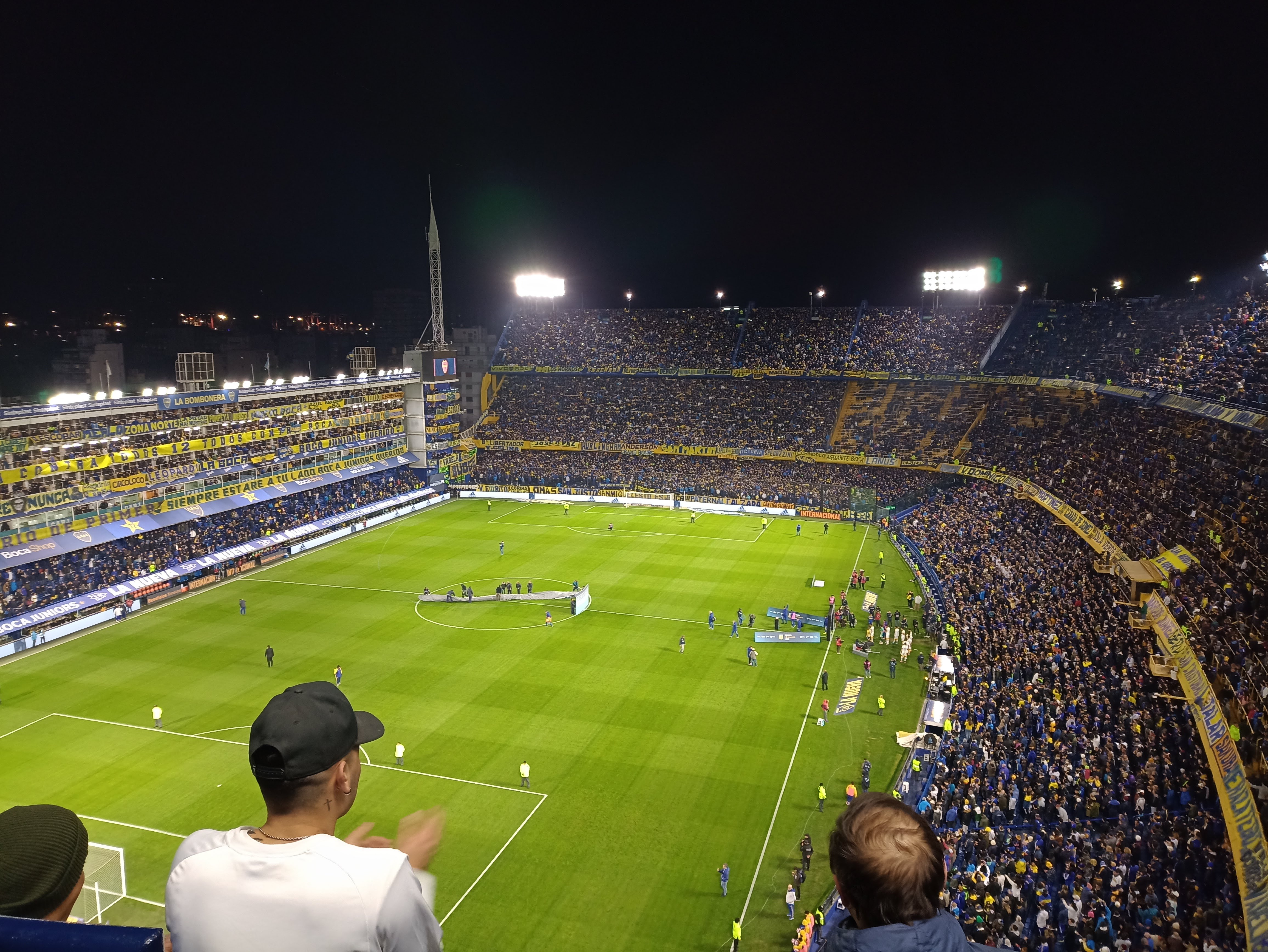
La Bombonera, officially known as Estadio Alberto J. Armando, is the iconic home of Boca Juniors, one of Argentina's most successful football clubs. Located in the heart of Buenos Aires, this stadium is renowned for its unique design and the intense atmosphere created by its passionate fans. With a seating capacity of over 54,000, La Bombonera is a fortress where Boca Juniors' supporters, known as "La Doce," create an intimidating environment for visiting teams. The stadium's distinctive shape, resembling a "chocolate box," contributes to its legendary acoustics, amplifying the chants and songs of the fans. The steep stands and close proximity to the pitch make it feel as though the crowd is right on top of the players, adding to the intensity of the experience. La Bombonera is a place where the passion for football is palpable, with fans known for their unwavering loyalty and fervent support.
Matches at La Bombonera are an assault on the senses, with the noise, color, and emotion creating an unforgettable spectacle. The stadium has been the stage for countless memorable matches, including the fierce Superclásico rivalry between Boca Juniors and River Plate. La Bombonera is not just a stadium; it is a symbol of Argentine football and a testament to the country's deep love for the game.
3. Estadio Monumental: The Pride of River Plate
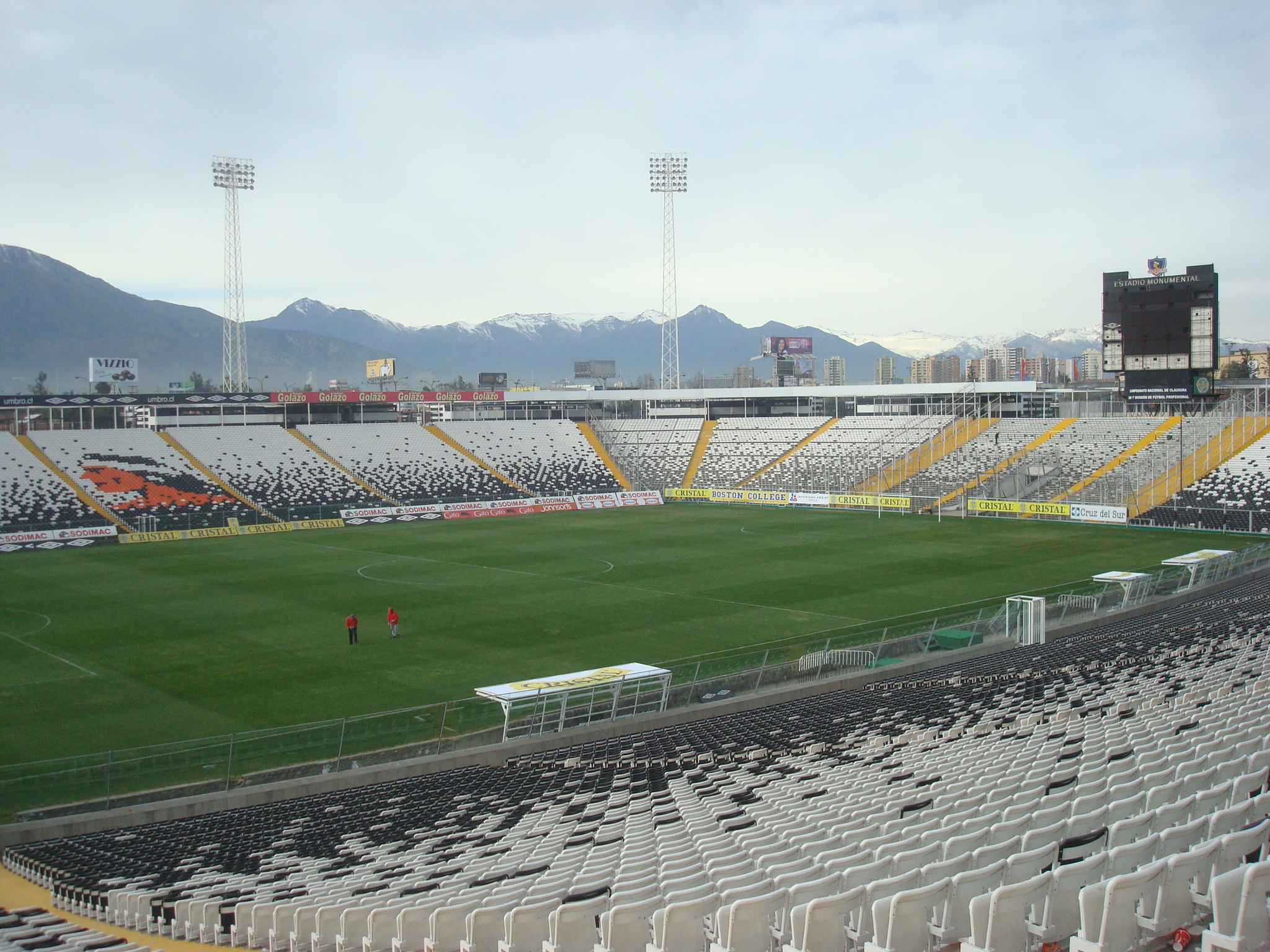
Estadio Monumental, officially known as Estadio Monumental Antonio Vespucio Liberti, is the largest stadium in Argentina and the home of River Plate, Boca Juniors' arch-rivals. Located in the Núñez neighborhood of Buenos Aires, this stadium is a monument to the rich history and tradition of Argentine football. With a seating capacity of over 70,000, it is a venue that has hosted numerous international matches, including the 1978 FIFA World Cup final. The Monumental is a stadium steeped in history, with its grand architecture and expansive stands creating an imposing presence. The stadium's design allows for excellent sightlines, ensuring that every seat offers a great view of the action on the pitch. The Monumental is a place where the passion for football is celebrated, with River Plate's fans, known as "Los Millonarios," creating an electric atmosphere on match days.
The stadium has been the site of many historic matches, including Argentina's 3-1 victory over the Netherlands in the 1978 World Cup final. The Monumental is a place where the drama and excitement of football are brought to life, with the roar of the crowd echoing through its stands. It is a symbol of Argentine football and a testament to the country's enduring love for the beautiful game.
4. Estadio Centenario: A Monument to Football History
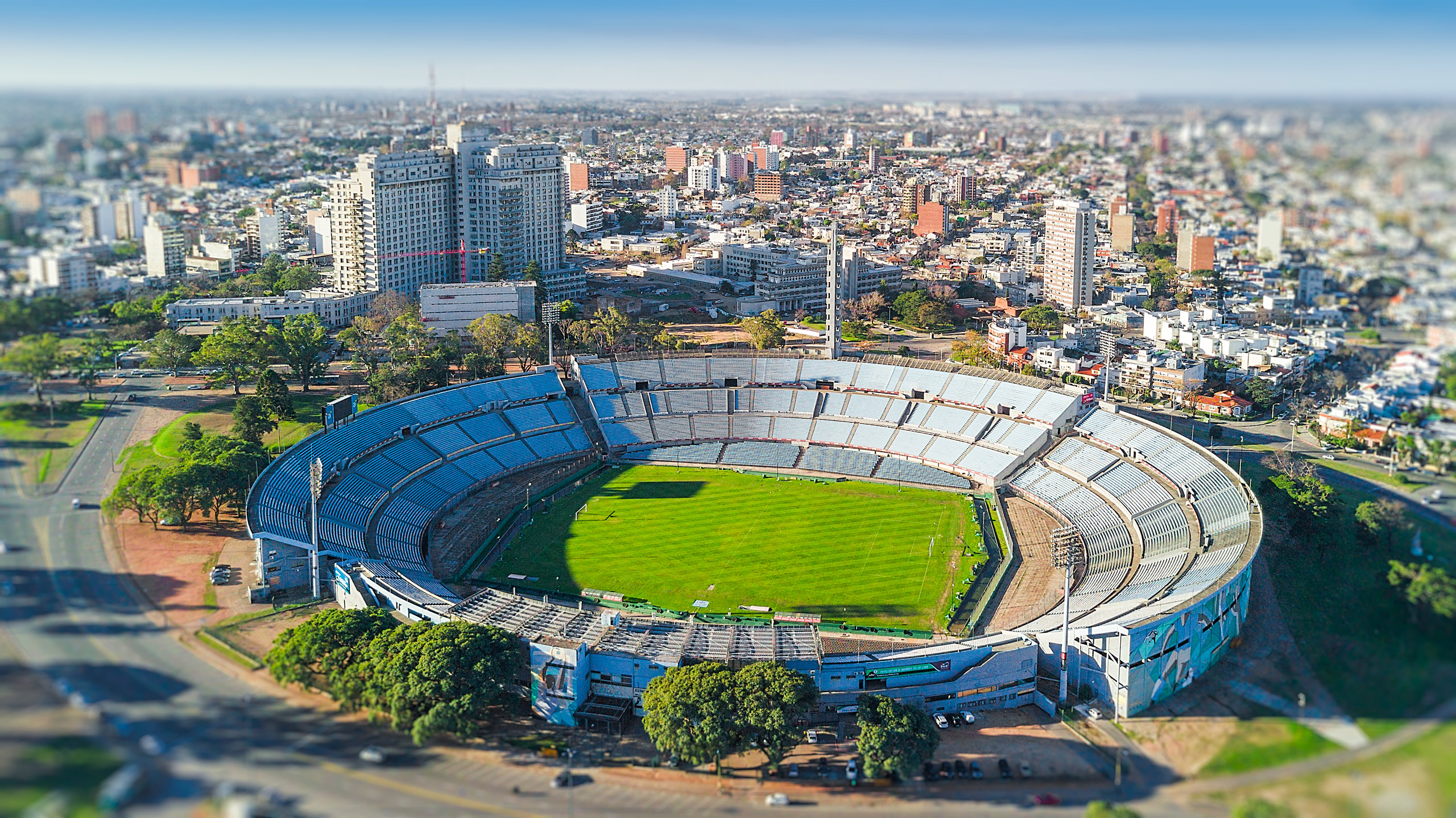
Estadio Centenario in Montevideo, Uruguay, is a stadium with a rich history and a special place in the hearts of football fans worldwide. Built to commemorate the 100th anniversary of Uruguay's independence, it was the main venue for the inaugural FIFA World Cup in 1930. With a seating capacity of over 60,000, it is a stadium that has witnessed some of the most significant moments in football history. The Centenario is a monument to the history of the game, with its grand architecture and historic significance making it a must-visit for football enthusiasts. The stadium's design reflects the Art Deco style of the early 20th century, with its iconic tower and sweeping stands creating a timeless beauty. The Centenario is a place where the past and present of football come together, with fans from all over the world visiting to pay homage to the game's roots.
The atmosphere in the Centenario is electric, with Uruguayan fans known for their passionate support and love for the game. The stadium has been the stage for numerous historic matches, including Uruguay's victory over Argentina in the 1930 World Cup final. The Centenario is a place where the history of football is celebrated, and its legacy continues to inspire future generations of players and fans alike.
5. Estadio Nacional: The Heart of Chilean Football
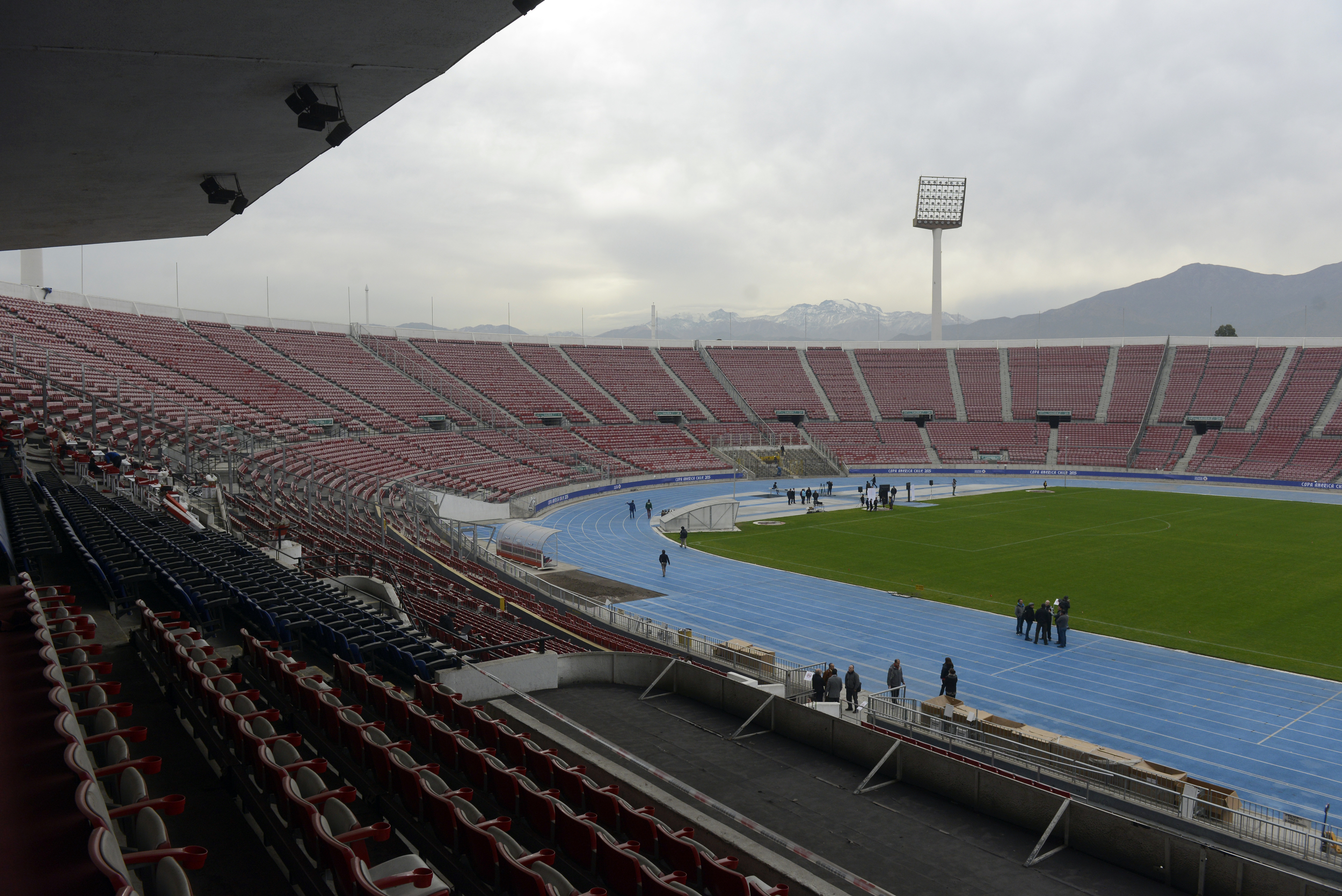
Estadio Nacional, located in Santiago, Chile, is the country's largest stadium and the heart of Chilean football. With a seating capacity of over 48,000, it is a venue that has hosted numerous international matches, including the 1962 FIFA World Cup final. The stadium is not only a sporting venue but also a symbol of Chile's history and resilience. The Estadio Nacional is a stadium with a rich history, having been the site of many significant events in Chilean football and beyond. Its design reflects the modernist style of the mid-20th century, with its sweeping stands and open-air layout creating a sense of grandeur. The stadium is a place where the passion for football is celebrated, with Chilean fans known for their fervent support and love for the game.
The atmosphere in the Estadio Nacional is electric, with the sounds of drums and chants echoing through its stands. The stadium has been the stage for many memorable matches, including Chile's victory over Argentina in the 2015 Copa América final. The Estadio Nacional is a place where the drama and excitement of football are brought to life, and its legacy continues to inspire future generations of players and fans alike.
6. Estadio do Morumbi: São Paulo's Football Fortress
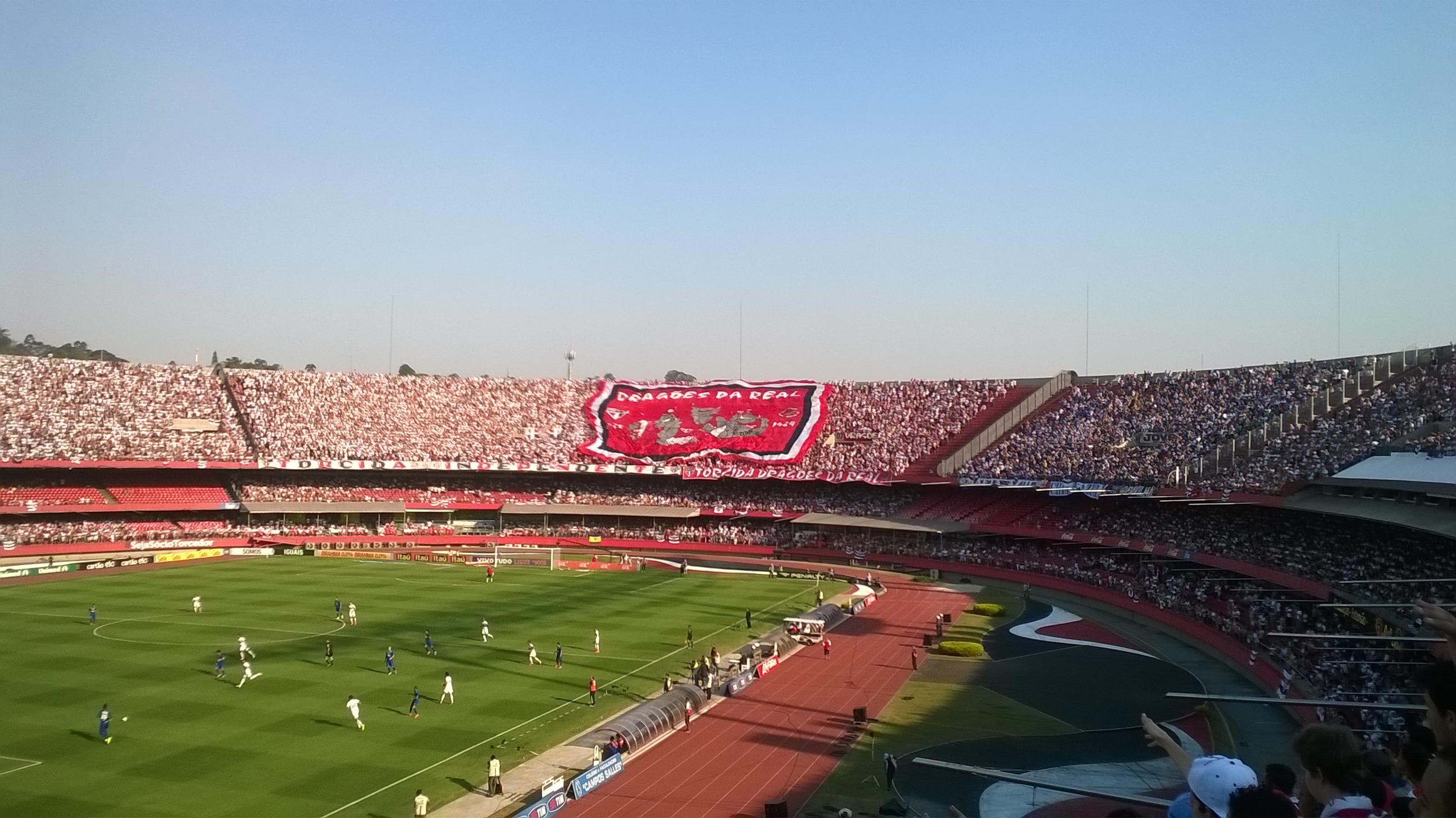
Estadio do Morumbi, officially known as Estádio Cícero Pompeu de Toledo, is the home of São Paulo FC and one of Brazil's most iconic stadiums. Located in the city of São Paulo, this stadium is a fortress of football, with a seating capacity of over 67,000. The Morumbi is a venue that has hosted numerous international matches and is a symbol of the rich football culture in Brazil's largest city. The Morumbi is a stadium with a unique design, featuring a distinctive oval shape and towering stands that create an imposing presence. The stadium's architecture reflects the modernist style of the mid-20th century, with its clean lines and sweeping curves creating a sense of grandeur. The Morumbi is a place where the passion for football is celebrated, with São Paulo FC's fans known for their fervent support and love for the game.
The atmosphere in the Morumbi is electric, with the sounds of drums and chants echoing through its stands. The stadium has been the stage for many memorable matches, including Brazil's victory over Argentina in the 1977 Copa América final. The Morumbi is a place where the drama and excitement of football are brought to life, and its legacy continues to inspire future generations of players and fans alike.
7. Estadio Beira-Rio: Porto Alegre's Jewel
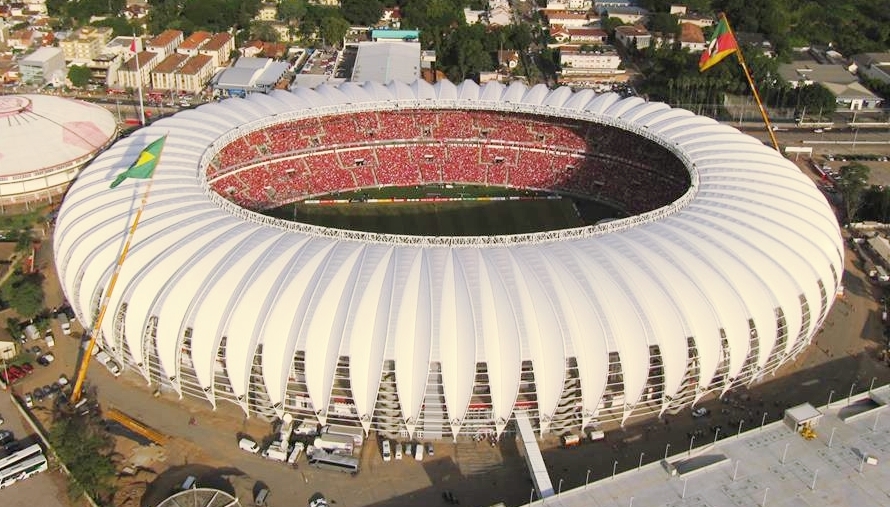
Estadio Beira-Rio, officially known as Estádio José Pinheiro Borda, is the home of Internacional and one of Brazil's most beautiful stadiums. Located in Porto Alegre, this stadium is a jewel of Brazilian football, with a seating capacity of over 51,000. The Beira-Rio is a venue that has hosted numerous international matches and is a symbol of the rich football culture in southern Brazil. The Beira-Rio is a stadium with a unique design, featuring a distinctive elliptical shape and towering stands that create an imposing presence. The stadium's architecture reflects the modernist style of the mid-20th century, with its clean lines and sweeping curves creating a sense of grandeur. The Beira-Rio is a place where the passion for football is celebrated, with Internacional's fans known for their fervent support and love for the game.
The atmosphere in the Beira-Rio is electric, with the sounds of drums and chants echoing through its stands. The stadium has been the stage for many memorable matches, including Brazil's victory over Chile in the 2014 FIFA World Cup. The Beira-Rio is a place where the drama and excitement of football are brought to life, and its legacy continues to inspire future generations of players and fans alike.
8. Estadio Atanasio Girardot: Medellín's Football Cathedral
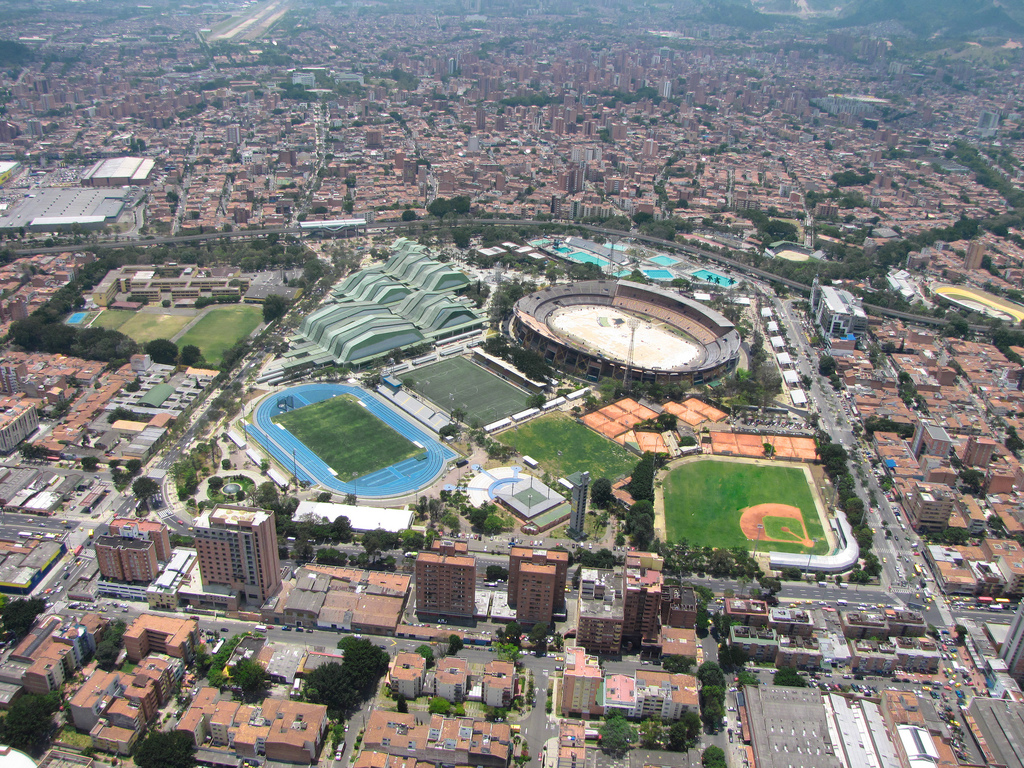
Estadio Atanasio Girardot, located in Medellín, Colombia, is the home of Atlético Nacional and Independiente Medellín, two of the country's most successful football clubs. With a seating capacity of over 40,000, it is a stadium that has hosted numerous international matches and is a symbol of the rich football culture in Colombia. The Atanasio Girardot is a stadium with a unique design, featuring a distinctive oval shape and towering stands that create an imposing presence. The stadium's architecture reflects the modernist style of the mid-20th century, with its clean lines and sweeping curves creating a sense of grandeur. The Atanasio Girardot is a place where the passion for football is celebrated, with Colombian fans known for their fervent support and love for the game.
The atmosphere in the Atanasio Girardot is electric, with the sounds of drums and chants echoing through its stands. The stadium has been the stage for many memorable matches, including Atlético Nacional's victory over Olimpia in the 1989 Copa Libertadores final. The Atanasio Girardot is a place where the drama and excitement of football are brought to life, and its legacy continues to inspire future generations of players and fans alike.
9. Estadio Alejandro Villanueva: Lima's Football Fortress

Estadio Alejandro Villanueva, located in Lima, Peru, is the home of Alianza Lima, one of the country's most successful football clubs. With a seating capacity of over 35,000, it is a stadium that has hosted numerous international matches and is a symbol of the rich football culture in Peru. The Alejandro Villanueva is a stadium with a unique design, featuring a distinctive rectangular shape and towering stands that create an imposing presence. The stadium's architecture reflects the modernist style of the mid-20th century, with its clean lines and sweeping curves creating a sense of grandeur. The Alejandro Villanueva is a place where the passion for football is celebrated, with Peruvian fans known for their fervent support and love for the game.
The atmosphere in the Alejandro Villanueva is electric, with the sounds of drums and chants echoing through its stands. The stadium has been the stage for many memorable matches, including Alianza Lima's victory over Universitario in the 1997 Peruvian Primera División final. The Alejandro Villanueva is a place where the drama and excitement of football are brought to life, and its legacy continues to inspire future generations of players and fans alike.
10. Estadio Olímpico Atahualpa: Quito's High-Altitude Arena
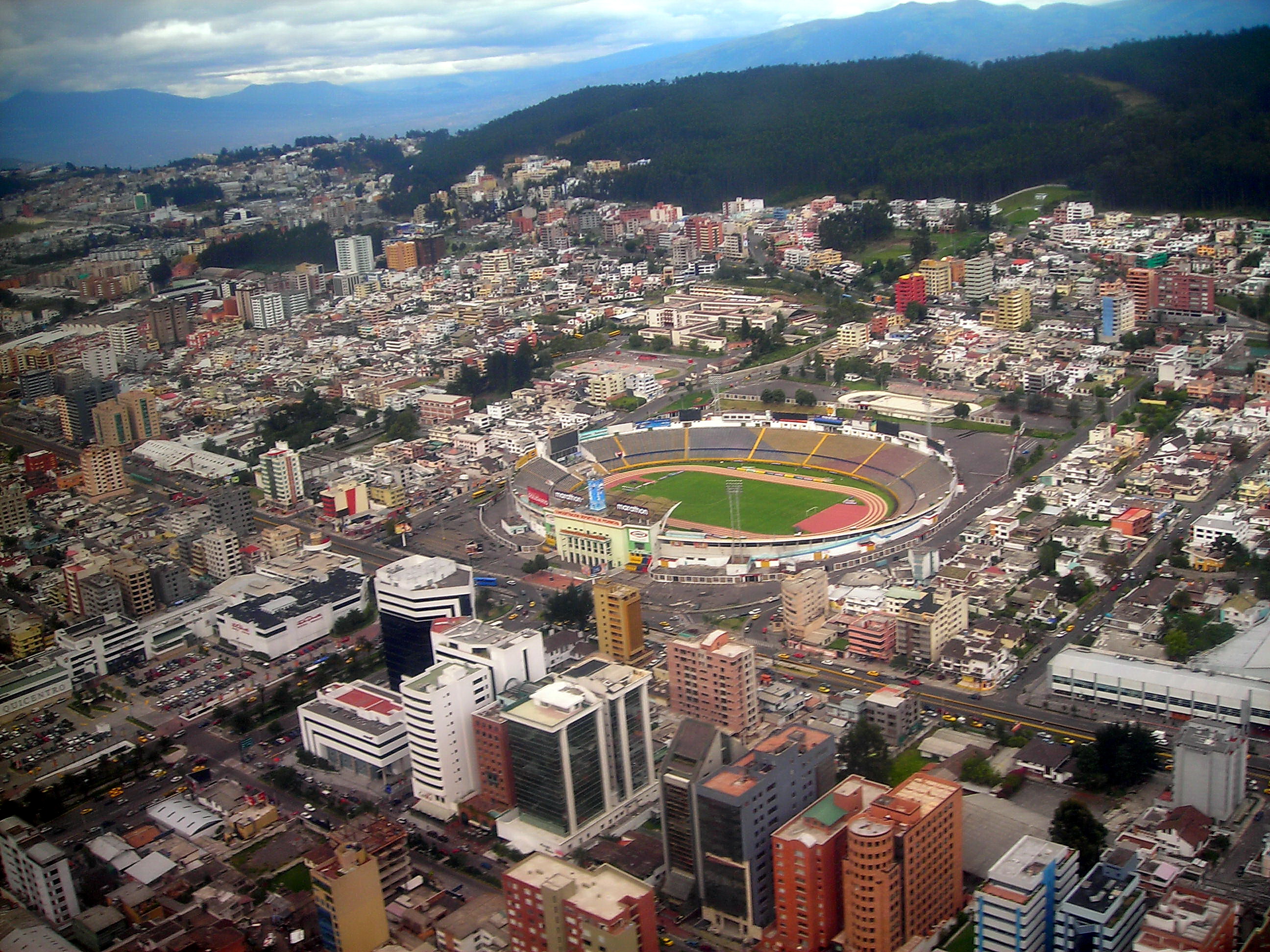
Estadio Olímpico Atahualpa, located in Quito, Ecuador, is the country's largest stadium and a fortress for the national team. With a seating capacity of over 35,000, it is a venue that has hosted numerous international matches and is a symbol of the rich football culture in Ecuador. The stadium is situated at an altitude of 2,850 meters above sea level, making it a challenging environment for visiting teams. The Atahualpa is a stadium with a unique design, featuring a distinctive oval shape and towering stands that create an imposing presence. The stadium's architecture reflects the modernist style of the mid-20th century, with its clean lines and sweeping curves creating a sense of grandeur. The Atahualpa is a place where the passion for football is celebrated, with Ecuadorian fans known for their fervent support and love for the game.
The atmosphere in the Atahualpa is electric, with the sounds of drums and chants echoing through its stands. The stadium has been the stage for many memorable matches, including Ecuador's victory over Brazil in the 2001 World Cup qualifiers. The Atahualpa is a place where the drama and excitement of football are brought to life, and its legacy continues to inspire future generations of players and fans alike.
11. Estadio Nacional de Lima: Peru's Historic Venue
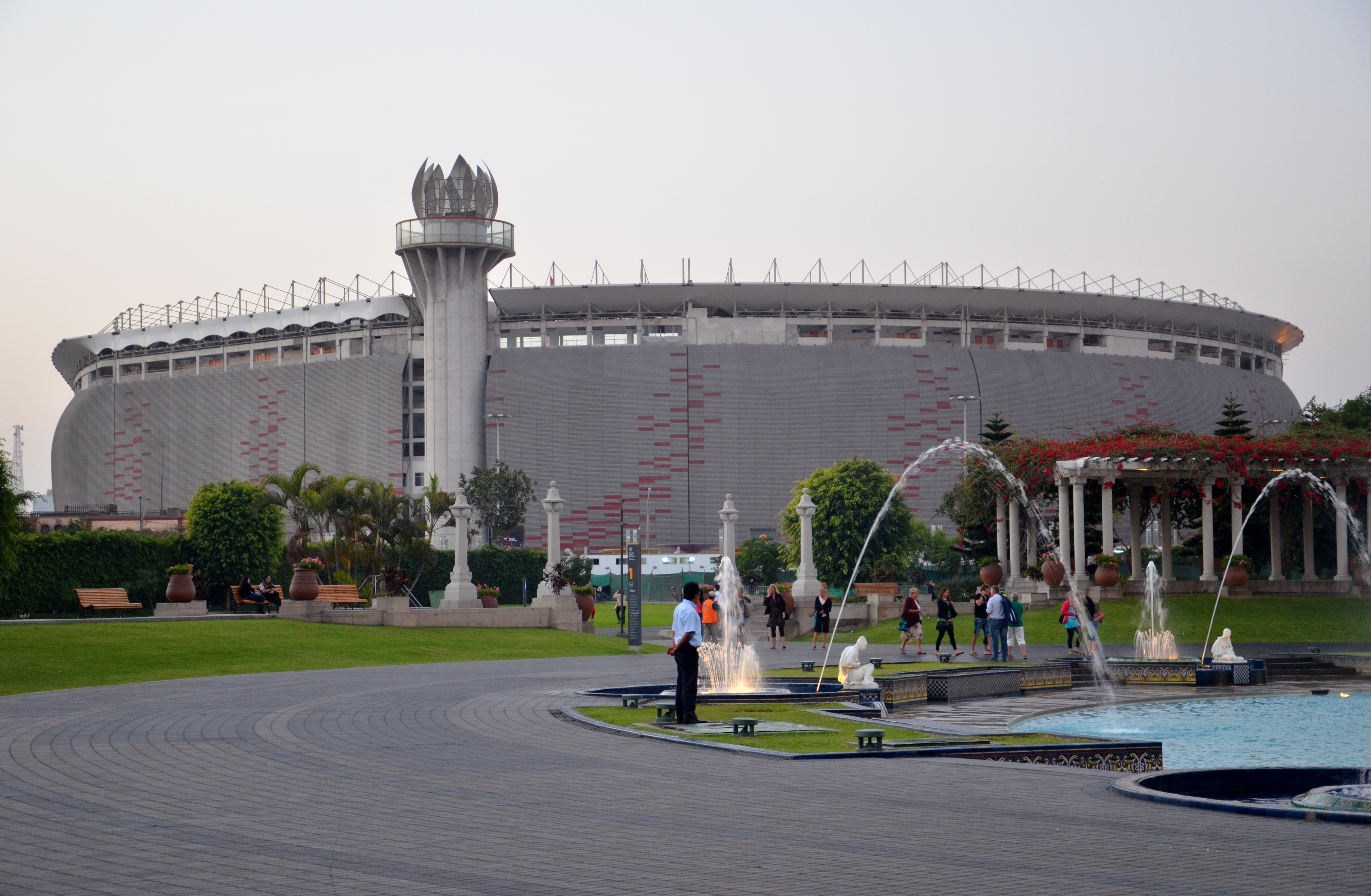
Estadio Nacional de Lima, located in the heart of Peru's capital, is the country's largest and most historic stadium. With a seating capacity of over 50,000, it has hosted numerous international matches, including the 1975 Copa América final. The stadium is a symbol of Peru's rich football history and a testament to the country's passion for the game. The Nacional de Lima is a stadium with a unique design, featuring a distinctive oval shape and towering stands that create an imposing presence. The stadium's architecture reflects the modernist style of the mid-20th century, with its clean lines and sweeping curves creating a sense of grandeur. The Nacional de Lima is a place where the passion for football is celebrated, with Peruvian fans known for their fervent support and love for the game.
The atmosphere in the Nacional de Lima is electric, with the sounds of drums and chants echoing through its stands. The stadium has been the stage for many memorable matches, including Peru's victory over Colombia in the 1975 Copa América final. The Nacional de Lima is a place where the drama and excitement of football are brought to life, and its legacy continues to inspire future generations of players and fans alike.
The Unifying Power of South American Stadiums
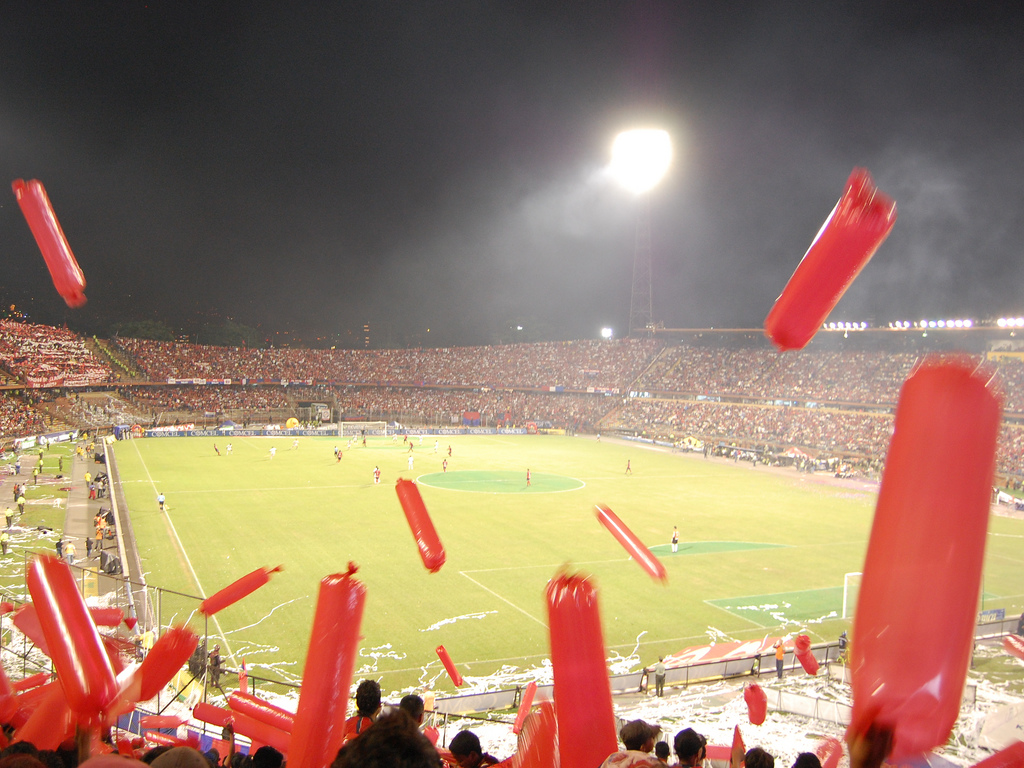
As we conclude our journey through South America's top 11 stadiums, it is clear that these venues are more than just places to watch football; they are cultural landmarks that embody the spirit and passion of the continent. Each stadium has its own unique charm and history, contributing to its legendary status. The architectural marvels, the stories of triumph and heartbreak, and the fervent fans create an experience that is both exhilarating and unforgettable. These stadiums are a testament to the unifying power of football, bringing people together from all walks of life to celebrate their shared love for the game. The passion that fills these arenas is contagious, transcending language and cultural barriers to create a sense of community and belonging. Whether you are a die-hard football fan or a casual observer, the magic of South America's stadiums will leave you with a deeper appreciation for the beautiful game.
In the end, it is the fans who bring these stadiums to life, their passion and energy transforming each match into a spectacle. The roar of the crowd, the vibrant colors in the stands, and the emotion of the game create an atmosphere that is truly electrifying. South America's stadiums are a testament to the enduring love for football and a reminder of the power of sport to inspire and unite us all.

